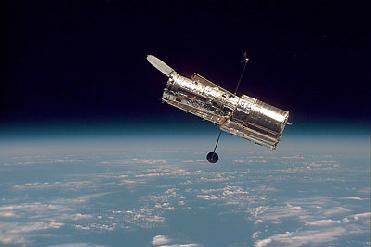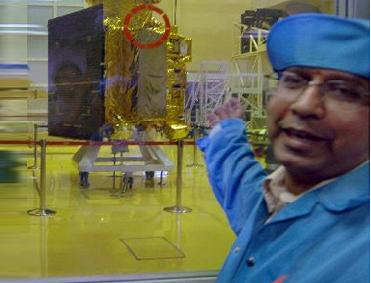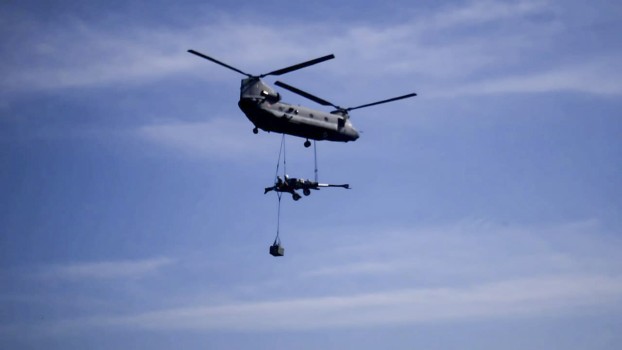
WASHINGTON, DC (BNS): Since Thursday last, a cooling system linked to the Near Infrared Camera and Multi-Object Spectrometer (NICMOS), scientific instrument aboard the Hubble Telescope has run into some operational problems.
The NICMOS problem developed on September 11, around 4 am, exactly six hours after the cooling system was restarted. Noticing a high speed in the circulator pump operation, the cooling system went into a safe mode. Based on the data, flight controllers modified operating protection parameters and restarted the cooling system on Sunday last, but to no avail. It is clear now that engineers will study the anomaly, while waiting until the cooling system has been allowed to warm somewhat, which may take several weeks.
However, the anomaly has hit this week's observation schedule, forcing the removal of all NICMOS science. Beginning this Sunday, 61 orbits of NICMOS science were planned. NICMOS science operations involve approximately 70 exposures from three guest observer programmes and additional exposures from two NICMOS internal calibration programmes.
Engineers attending to the problem, after analysing the flight telemetry point out an erratic increase in speed of the circulator rotor when it is restarted. “The data are consistent with a perturbation of the rotor by ice particles (~10 microns to 1-mm in size). Such perturbations can produce an erroneous sensing of excessively high rotor speeds,” they said.
The engineers suspect the source of the ice particles for the contamination visible in the cooling loops used before launch to solidify the liquid nitrogen in the NICMOS cryostat.
Second-generation imager/spectrograph. NICMOS is Hubble's only near-infrared (NIR) instrument. To be sensitive in the NIR, NICMOS must operate at a very low temperature, requiring sophisticated coolers
“The NICMOS Cooling System was installed on servicing mission 3B following exhaustion of the solid nitrogen in the cryostat, thereby extending the lifetime of the NICMOS science instrument by several years,” the engineers said.
Last week, as part of planning for new science instruments to be fitted during the Servicing Mission 4 (SM 4 mission), planned flight software updates to the computer that controls Hubble's five science instruments were uploaded. However, according to engineers, installation of the software requires putting all of Hubble telescope's science instruments into safe mode configuration for a short period of time.
On October 10, 2008, astronauts will board the Space Shuttle Atlantis for SM4, the final trip to the Hubble Telescope. Over the course of five space walks, they will install two new instruments, repair two inactive ones, and perform the component replacements that will keep the telescope functioning at least into 2014.
 Previous Article
Previous Article Next Article
Next Article













The Indian Air Force, in its flight trials evaluation report submitted before the Defence Ministry l..
view articleAn insight into the Medium Multi-Role Combat Aircraft competition...
view articleSky enthusiasts can now spot the International Space Station (ISS) commanded by Indian-American astr..
view article